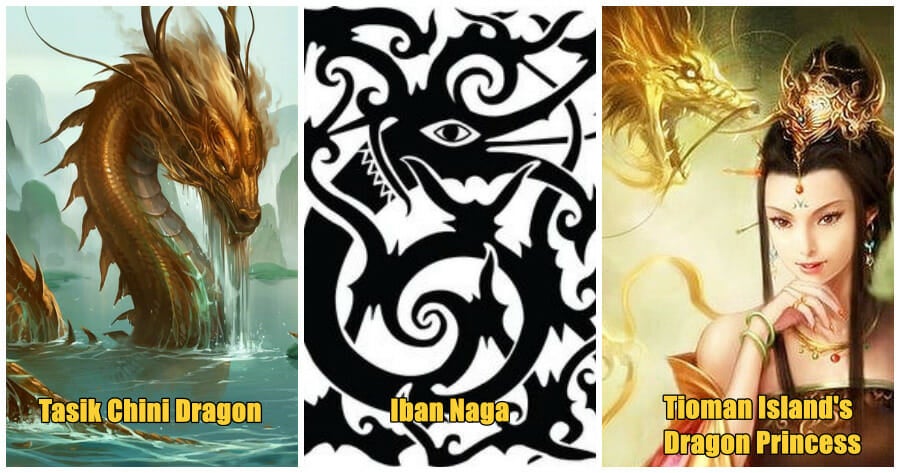Who doesn’t like a good folklore, right? Whether the myths we grew up hearing are true are not is besides the point… It aptly sheds more light on the unique cultural and spiritual beliefs our Malaysia has to offer. The dragon is one of many culture commonalities that unite the Malay Nusantara.
‘Naga’ is the Malay word for dragon and comes from the Sanskrit word for serpent, frequently used in Southeast Asian and Indian literature to denote to mythical beings with heavenly abilities.
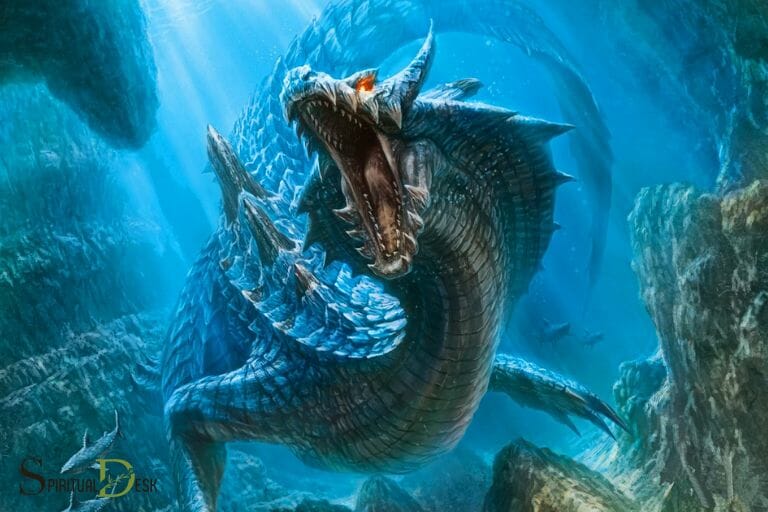
While dragons are portrayed in the Western world as four-legged, flying creatures connected with evil and darkness, the Eastern counterpart is a wingless, slithery creature associated with the mountains and oceans, representing power, bravery, prosperity and protection. Dragon worship on our soil is so intertwined with our ancestral culture as it even predates the emergence of Hindu-Buddhist influence in the Malay Archipelago.
Of course many of us Malaysians have heard the story of Pahang’s Tasik Chini Naga but did you know that there are many other stories of local dragons? From Kedah to Sabah, we’re bringing you the lesser known tales of these majestic and feared mythical beings.

1. Mount Kinabalu’s Dragon
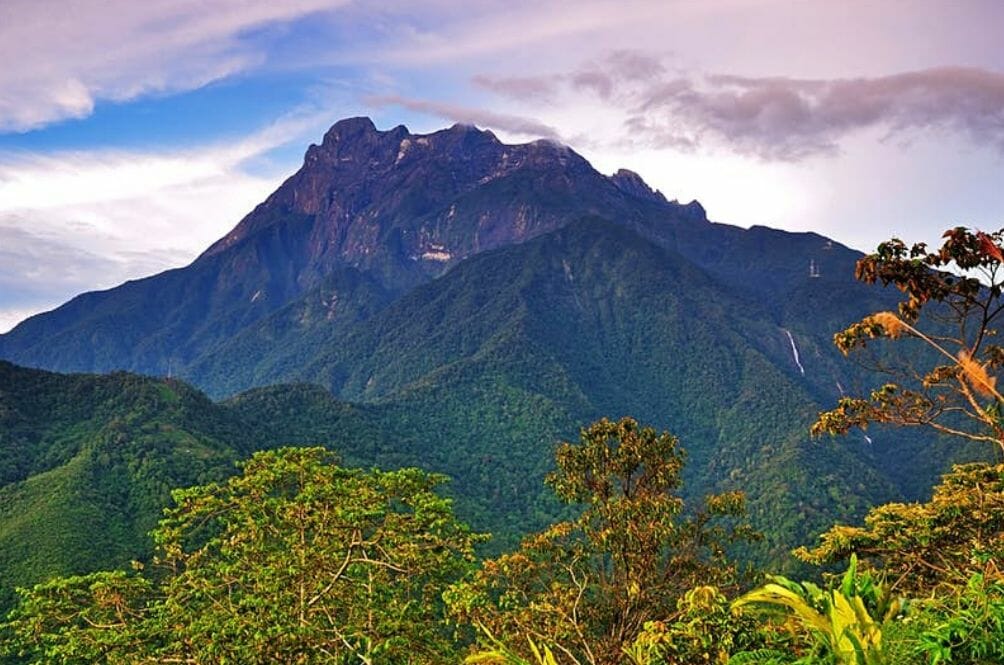
There are many theories and stories to how Mount Kinabalu got it’s name. One of them tells a tale that involves a majestic and feared dragon that guards a huge pearl (or a priceless, magical jewel of sorts). This priceless magical pearl was sought by many, especially Chinese pirates that would voyage far from their homes to score this pearl and gain exuberant wealth and powers.
According to western and Chinese historical archives, the name of the mountain loosely means “Chinese Widow”, “Kina Balu” where “Kina” is Chinese and “Balu” is widow. Due to the fact that many of the Chinese pirates died while attempting to take the dragon’s riches, many of the Chinese wives of these pirates became widows, giving rise to the term “Chinese Widow”. Of course it’s just a folk tale, the Dusun version of Mount Kinabalu’s origin name is more likely.
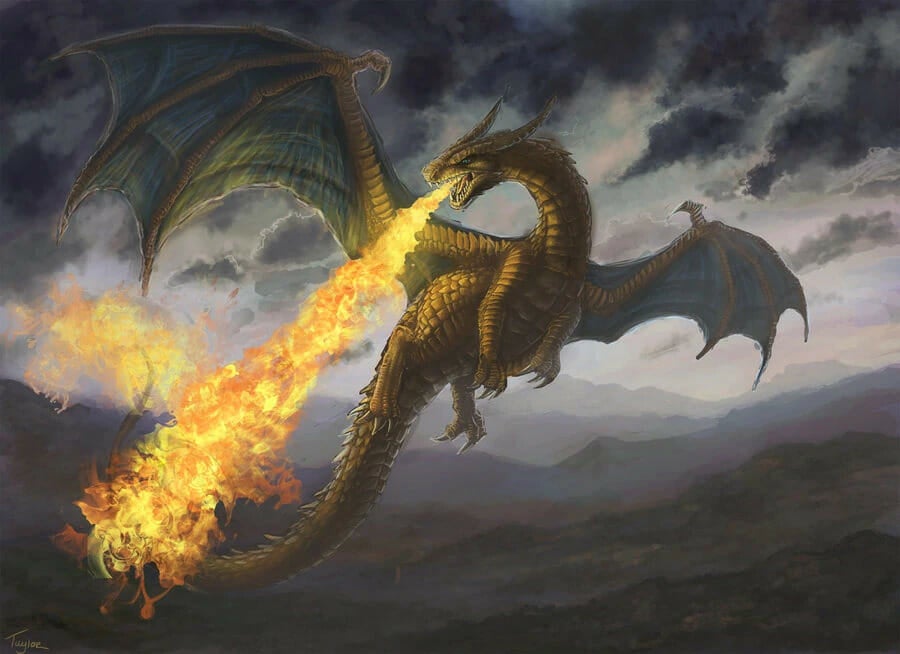
2. Tasik Chini Dragon
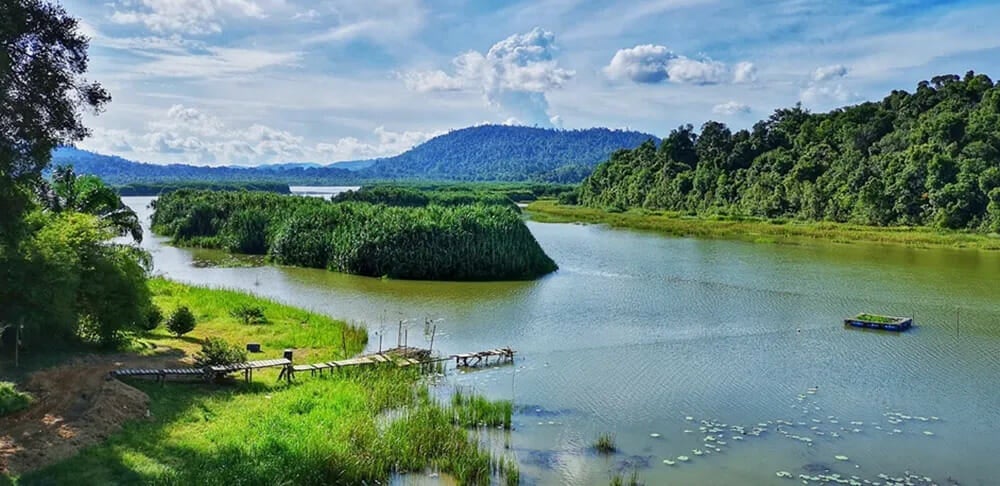
Next up we have the most popular local dragon story, dubbed the Loch Ness monster of Malaysia, this Tasik Chini, dragon resides in the state of Pahang. Understanding the nature of folklores, many versions of them exist with differing details but we’ve picked to tell the Jakun tribe’s version.
According to the beliefs of the indigenous tribe of the Jakun people residing at Tasik Chini, an elderly women was upset at them for settling near the lake despite not obtaining permission from the land’s spirits. After the tribe apologises, she calms down and tells the people that she is marking her territory here too by placing her walking stick on the land, warning them to never take it down. Soon, she disappears but the stick still remains.
Years later, one day a dog started barking nonstop at a rotting log at the edge of the clearing. Unsure of what to do, the men of the tribe started flinging sticks at the log, thinking that maybe the dog was warning them of an oncoming danger. Unexpectedly, the random log starts to bleed! Yes, it’s a bizarre story but this is a mythology we’re talking about here.
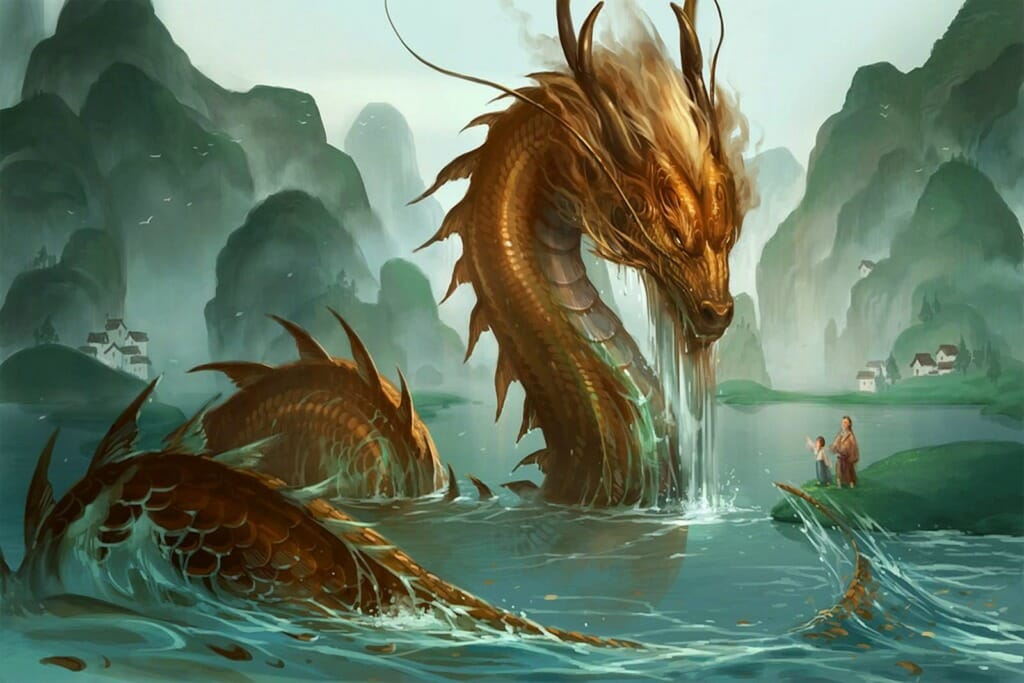
As the log’s blood started to spread on the ground, lightning suddenly tore through the sky, followed by a significant downpour. During this commotion, the old woman’s walking stick was uprooted and the hole it was in began gushing with water, flooding the area for a long time, eventually forming the Tasik Chini.
The tribe came to the conclusion that the stick placed by the woman was actually a spirit of a dragon called Seri Gumum that is said to fiercely curse anyone who continues to disrupt the peace of the land.
3. White Dragon of Langkawi
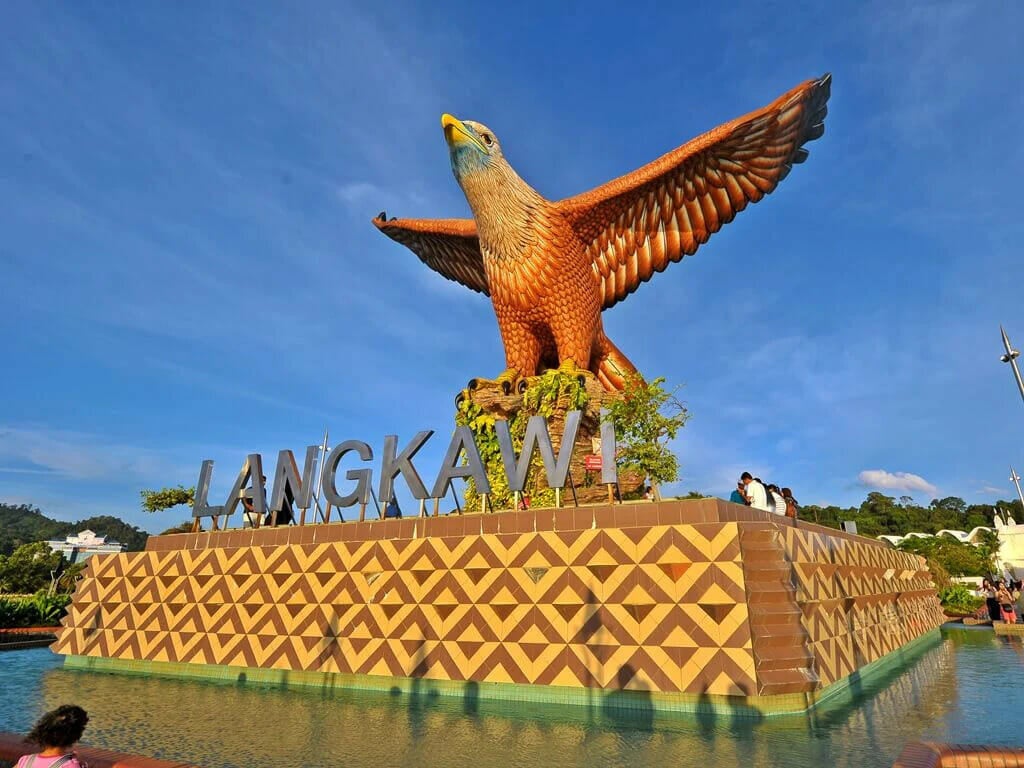
Around the turn of the 20th century, Langkawi’s Padang Matsirat is said to be a birth and resting place for a white naga. The dragon was a baby boy’s twin when it was first born. The dragon’s family still took care of him as one of their own despite the fact that he was not human. It was said that after birth, the dragon in question was housed in a water-filled container (resembling a pail) and fed pureed food. As the dragon grew, it was transferred to live in a deep well then later released into the sea where it went on to battle a black dragon in Indonesia.
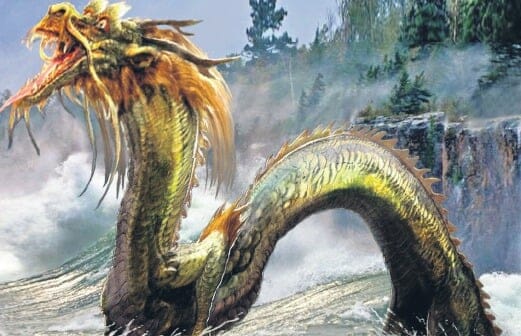
The white dragon won it’s first battle with the black dragon and returned to Langkawi in the 1940s where it’s said that the naga’s return caused the Padang Matsirat river to overflow and flood the villages. As the flood began to decrease and no such incident reoccurred, people theorised that it went back to fight the black dragon but died as the white naga never returned back.

4. Tioman Island’s Dragon
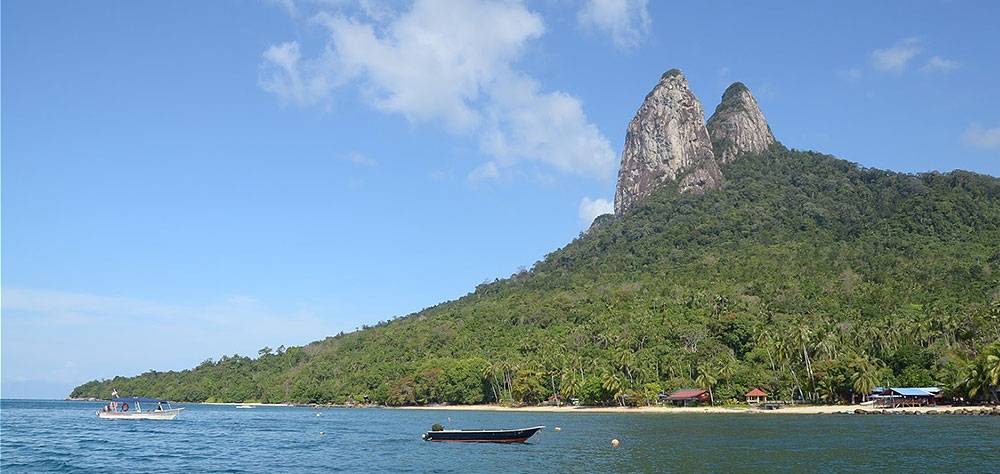
The stunning Tioman island is also subject to another dragon related tale that originates from one of the island’s unique, twin peaks at Gunung Semukut.
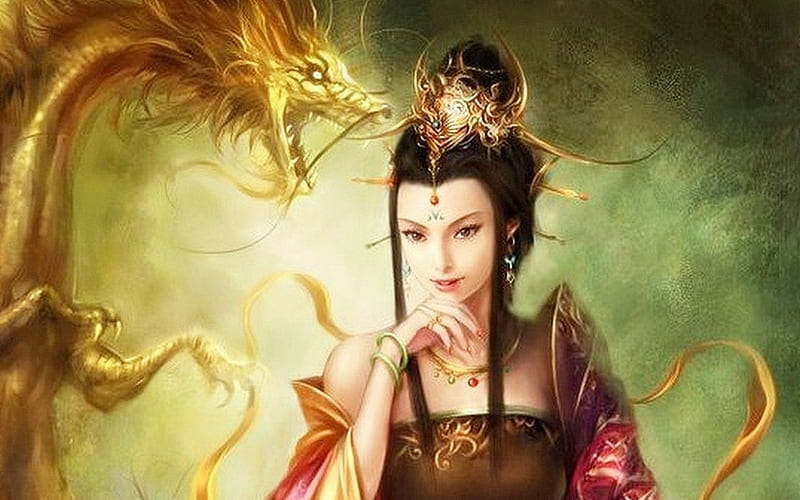
The myth tells of a Chinese dragon princess who stopped to rest on the seas while flying across the South China Sea on her journey to Singapore. As she was resting at Tioman island, she began to fall in love with the island’s peace and decided to stay, transforming her body into a mountain. The last trace of the princess’ presence is her dragon horns—the twin peaks of Gunung Semukut, now the island’s most notable landmark.
5. Iban Naga
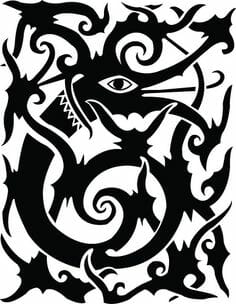
In Iban culture, their naga is a giant snake with a single horn projecting from its forehead. An Iban dragon, unlike other dragons in folklore, possesses a bright stone in the centre of it’s brow, functioning as a torch for the dragon to use at night. It possesses wings, legs, limbs, eyeballs, deadly claws and teeth.

According to Iban beliefs, dragons come in two varieties. One species prefers water and hence lives in the sea or rivers. The other kind of dragon favours the mountain top and is said to be more deadly as it spits venom and fire!
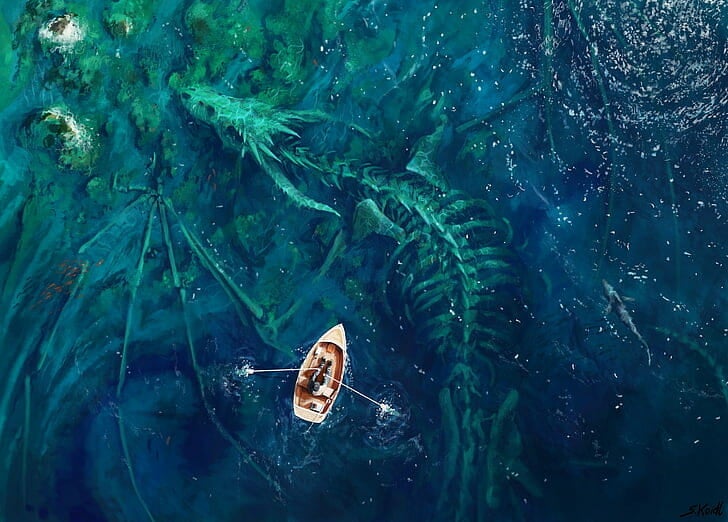
It’s no surprise that our indigenous tribes also believe in the power of dragons. The imagery of these beings are frequently depicted on historical objects like ceramics, weaponry and of course also insignias of various Malay kings as symbols of power, bravery, and strength.
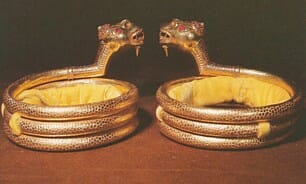
Some of the regalia, such as the Perak sultanate’s ‘Pontoh Bernaga’ is still used to this day. The ‘Pontoh Bernaga’ is a pair of golden dragon-headed armbands used by the Sultan at official state rituals, thought to have existed since the Melaka sultanate’s reign.
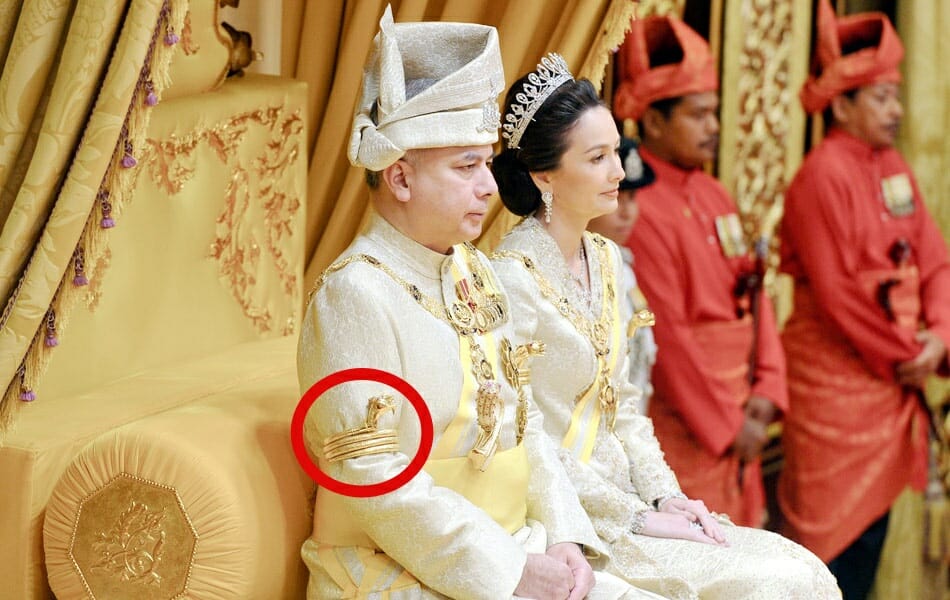
You can see how fascinated our ancestors were by the dragon from the variety of artefacts, stories and the level of detail in the design, carvings, and paintings, whether for religious or cultural reasons.
Do you have any suggestions of local folklore or mythical creatures you think we should write about next? Share your ideas with us in the comments!
Also Read: Uncover the Scientific Truths Behind the Creepy Scent of Flowers at Night and Other “Spooky” Beliefs

